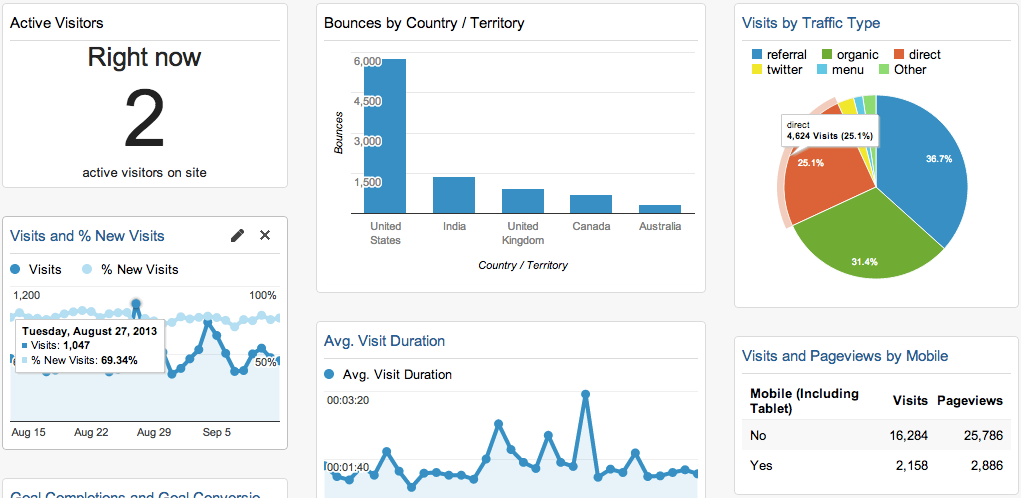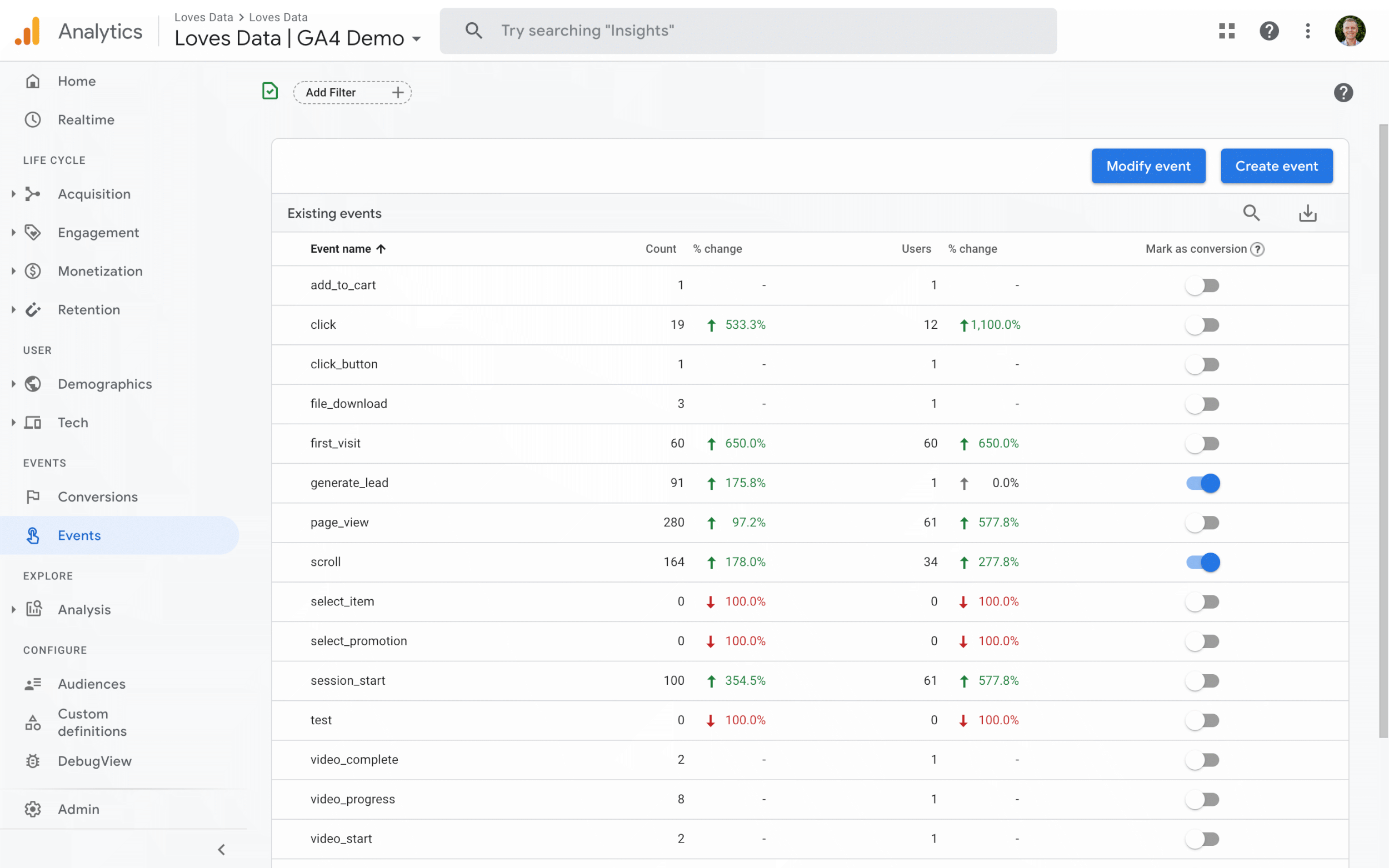Enhance Your SEO Technique With Effective Google Analytics Tracking Code
Integrating Google Analytics tracking code right into your Search engine optimization technique is a pivotal action toward achieving measurable outcomes. What particular techniques can you embrace to maximize the effect of this data on your Search engine optimization initiatives?

Comprehending Google Analytics Fundamentals
To properly utilize Google Analytics for SEO, it is necessary to grasp its foundational ideas. Google Analytics functions as an effective tool for tracking and assessing website traffic, giving understandings that are essential for maximizing online search engine efficiency. At its core, the platform enables individuals to keep track of user habits, website traffic resources, and essential efficiency signs (KPIs) such as bounce rates and session durations.
Familiarity with the customer interface is important. The Target market area provides group understandings, aiding to tailor material to target customers successfully.
Understanding metrics such as organic website traffic quantities and conversion rates is critical for evaluating SEO effectiveness. Ultimately, mastering these fundamentals allows digital marketers to harness the full potential of Google Analytics, driving informed choices that improve total SEO strategies. By establishing a solid foundation, organizations can efficiently examine their efficiency and determine possibilities for enhancement in their on the internet presence.
Setting Up Monitoring Code
Effectively establishing up the monitoring code is critical for precise data collection in Google Analytics. The primary step involves creating a Google Analytics account and building, where you will obtain an one-of-a-kind tracking ID. This ID is crucial for connecting your website's information to your Google Analytics account.
When you have your tracking ID, integrate the monitoring code fragment into your internet site's HTML. This is commonly put in the header area of each web page to ensure it tons early in the page providing procedure. If you're using a Web content Administration System (CMS) like WordPress, many plugins simplify this process, allowing you to include the tracking code without direct HTML editing and enhancing.
After executing the tracking code, it is important to examine its performance. You can make use of the Google Tag Aide device to confirm if the monitoring code is appropriately set up and functioning. Furthermore, check the real-time coverage attribute in Google Analytics to validate that information is being collected properly.
Ensuring that the tracking code is correctly set up lays the foundation for efficient information evaluation, allowing you to make enlightened decisions to enhance your SEO strategy and overall site efficiency.
Secret Metrics to Screen
Recognizing essential metrics to check is important for understanding the efficiency of your search engine optimization approach via Google Analytics. By concentrating on specific data points, you can assess the effect of your optimization efforts and make informed decisions to enhance efficiency.
This metric mirrors the total wellness of your Search engine optimization technique. A high bounce price might signal that your material is not satisfying customer expectations or that your landing web pages need renovation.
Search phrase positions are likewise important; tracking modifications in keyword settings assists examine the effectiveness of your targeted SEO efforts. By carefully following these key metrics, you can acquire useful understandings into your Search engine optimization approach's efficiency and determine locations for renovation.
Analyzing Individual Habits
Recognizing individual behavior is critical for improving your search engine optimization technique and making best use of website performance. when does the google analytics tracking code send an event hit to analytics?. By analyzing how visitors engage with your website, you can reveal useful understandings that notify your content and layout choices. Google Analytics gives a riches of data on user involvement metrics, such as bounce rates, time on site, and page sights per session. These metrics aid recognize which web pages reverberate with your audience and which might call for optimization.
In addition, tracking user circulation can reveal typical navigating paths, highlighting possible traffic jams or locations for enhancement. Comprehending the demographics, web link rate of interests, and geographic areas of your site visitors enables more customized material that speaks with their requirements. Making use of division attributes in Google Analytics better enhances your ability to examine individual behavior by allowing you to contrast different target market teams.
Furthermore, monitoring conversion prices and user actions can give insights right into the efficiency of your contact us to activity and total site layout. This holistic view of individual behavior is essential for making educated choices that enhance user experience and drive greater interaction, ultimately adding to improved SEO performance.
Leveraging Insights for SEO
Constantly leveraging understandings acquired from user actions analysis can substantially improve your SEO initiatives. By utilizing Google Analytics, you can recognize key metrics such as bounce prices, session duration, and customer flow, which reveal how visitors engage with your material. These insights allow you to pinpoint areas needing improvement, such as high leave web pages or underperforming search phrases.

Furthermore, tracking natural web traffic sources gives quality on which networks are most effective, allowing you to allot sources strategically (when does the google analytics tracking code send an event hit to analytics?). By evaluating conversion prices along with web traffic data, you can determine which pages drive actual service outcomes, improving your SEO method even more
Integrating these understandings right into your material technique not just enhances presence however also fosters an extra user-centric method. Ultimately, a data-driven SEO technique notified by analytics not only improves rankings yet additionally aligns your goals with individual assumptions, bring about sustained development and involvement.
Final Thought
Reliable implementation of Google Analytics tracking code significantly improves a search engine optimization technique by offering important understandings into user actions and traffic sources. Monitoring essential metrics such as organic website traffic, bounce prices, and conversion prices facilitates the recognition of renovation wikipedia reference locations. Additionally, analyzing customer demographics and engagement metrics enables a more targeted material technique. Inevitably, leveraging these understandings adds to refining SEO initiatives, driving even more relevant traffic, and boosting total web site performance.
Integrating Google Analytics tracking code into your SEO strategy Continue is a pivotal step toward attaining quantifiable results. At its core, the system enables customers to keep track of customer habits, website traffic sources, and key efficiency indicators (KPIs) such as bounce rates and session durations.
Comprehending user actions is essential for improving your SEO technique and maximizing site performance.Regularly leveraging insights gained from individual behavior analysis can considerably improve your SEO initiatives.Effective execution of Google Analytics tracking code dramatically boosts a SEO method by supplying essential understandings into user habits and web traffic sources.